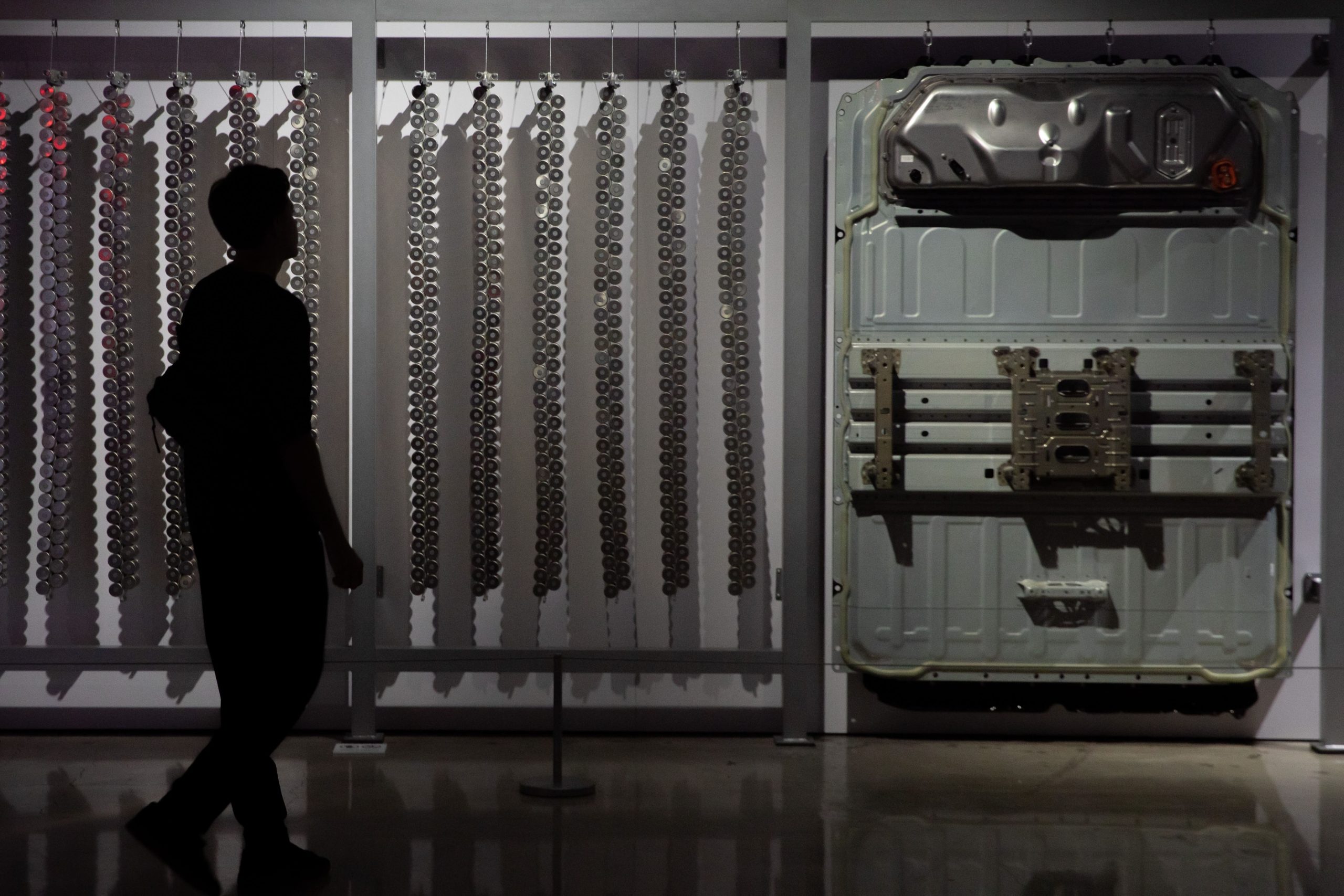AlanSubie4Life
Efficiency Obsessed Member
So that is a little odd, and could be a bug, if you actually selected Supercharger from the destination list (no pin).It was not preconditioning at all.
However, if the car thinks the battery will be warm enough, or your arrival SOC is too low to allow it, then preconditioning may be avoided. Effectively it is preconditioning - it just isn’t doing anything because it decided the pack is warm enough. It may decide it wants to warm even more when it gets there, still.
Anyway it all depends. In general if what it is doing makes sense, then it is fine. If it doesn’t make sense it is probably a bug.
Arriving at 20% it may have just decided that 210kW was good enough (if you arrive at 20% you are not trying to optimize travel time so you likely care less about preconditioning). Warming at the Supercharger is more energy efficient (less time for heat loss). Remember it costs you money to precondition (if no FUSC).
All depends on situation. And bugs can also exist.
Last edited:



